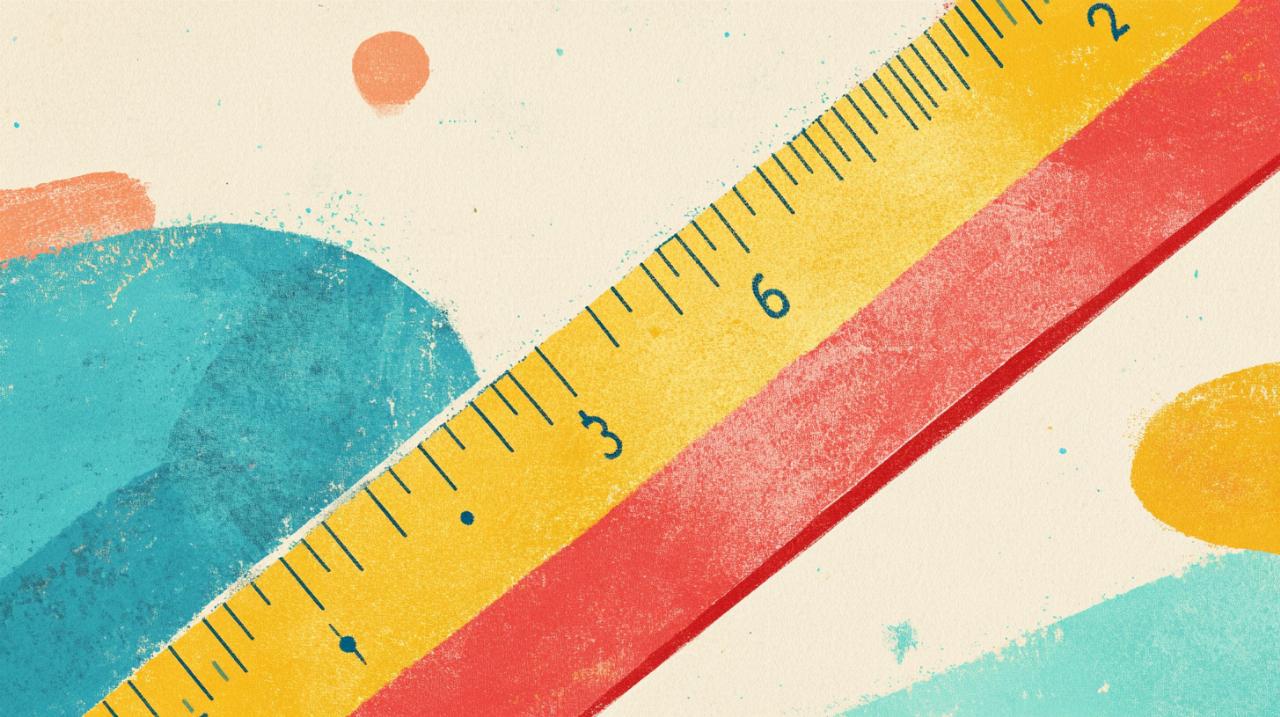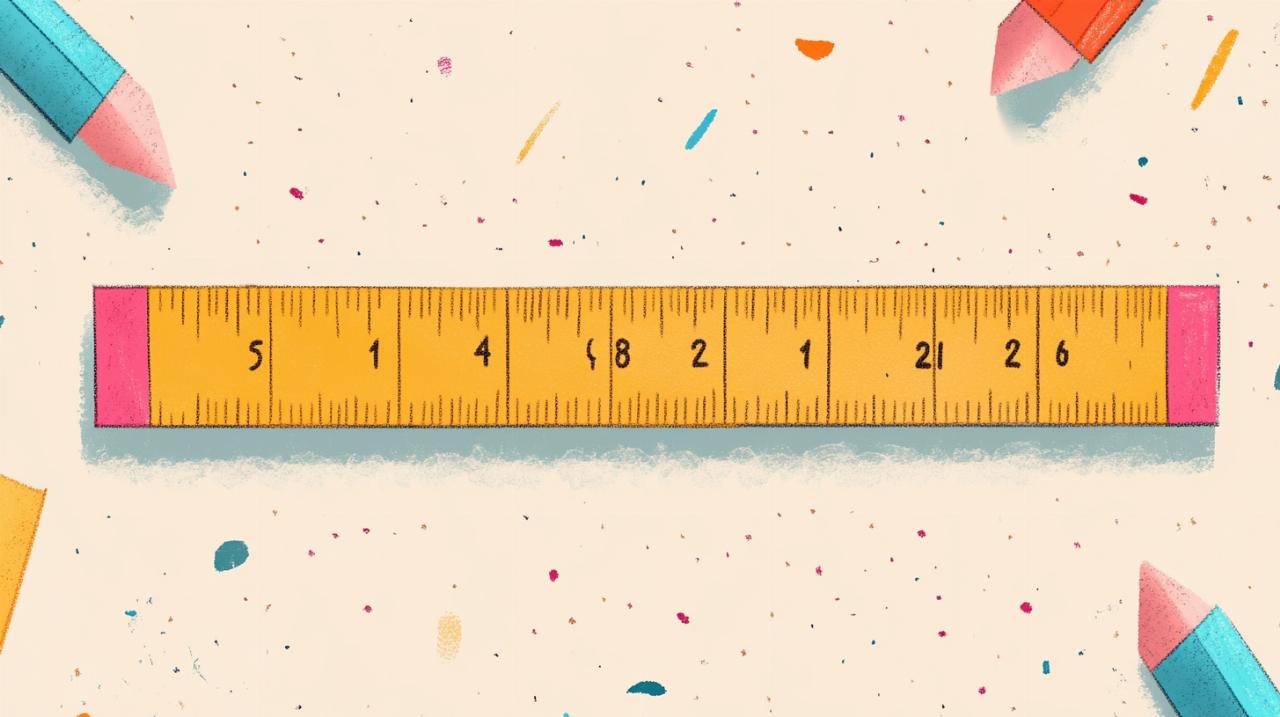Pourquoi 6 pouces se transforment-ils en centimètres? when pop star fashion gets lost in translation – gossip news
The world of celebrity fashion has always been a theatrical stage where every inch matters, yet when those inches transform into centimetres, something rather peculiar happens in the gossip columns. As fashion capitals from Paris to the Royaume Uni collide in the digital marché of style, the simple act of measurement becomes a tangled web of confusion. What appears as a straightforward conversion of six inches into fifteen point two centimetres reveals deeper truths about how fashion stories spread across borders, gathering embellishments and losing accuracy with each telling.
The metric mystery: when fashion measurements cross borders
Fashion journalism has long been plagued by a curious phenomenon wherein measurements take on lives of their own as stories traverse international boundaries. British tabloids, steeped in imperial tradition, frequently find themselves befuddled when continental fashion houses release their latest produits with specifications in the metric système. This clash of measurement cultures creates fertile ground for misunderstandings that ripple through the entertainment monde, transforming routine fashion announcements into sensational headlines that bear little resemblance to their original forme.
How continental systems baffle british tabloids
The action begins innocently enough when a Parisian atelier announces a new collection featuring platform heels measuring fifteen centimetres in height. As this information makes its journey across the Channel, something remarkable occurs. Editors accustomed to thinking in inches perform hasty conversions, yet the context surrounding these figures often gets lost in translation. What emerges in London publications might describe these same shoes as towering six-inch platforms, though the nuance of European design philosophy disappears entirely. The prix of this confusion extends beyond mere numbers, affecting how British audiences perceive continental fashion trends and creating an inadvertent barrier between markets that should otherwise flow seamlessly together.
The six-inch heel that became fifteen centimetres of controversy
Recent weeks witnessed a particularly entertaining exemple of this measurement muddle when a prominent pop star stepped onto the red carpet wearing what French commentators described as modest twelve-centimetre heels. British gossip rags, however, transformed this figure into a towering five-inch stiletto saga, complete with breathless speculation about the recherche difficulty of walking in such precarious footwear. The truth, as it happens, fell somewhere between these exaggerated claims, yet the damage to accuracy had already been done. Social media amplified these discrepancies, with fans from various territories debating the actual dimensions whilst missing the broader point about how information degrades as it travels through the celebrity news ecosystem.
Celebrity wardrobe malfunctions: lost in conversion
The fashion industry's reliance on precise measurements becomes particularly problematic when haute couture meets ready-to-wear production schedules. Designers creating bespoke pieces for A-list clientele work to exacting standards, where even a millimetre can mean the difference between perfection and disaster. Yet when these meticulously crafted garments become talking points in international media, the specificity that defined their creation vanishes beneath layers of approximation and cultural translation.
When parisian haute couture meets london street style
Paris remains the undisputed capital of haute couture, where ateliers have perfected the art of tailoring over centuries. Their mastery of the metric système allows for a level of precision that British tailoring, despite its own illustrious history, approaches from a fundamentally different philosophical angle. When a Parisian house dresses a British celebrity for a major event, the measurements exchanged between continents become points of potential failure. A waist specified as sixty-eight centimetres might be mentally converted to roughly twenty-seven inches, yet this rounding introduces tiny errors that multiply across multiple measurements. The resulting garment might fit adequately, but the gossip surrounding its creation often exaggerates these technical challenges into dramatic tales of fashion disasters narrowly averted.
A-listers caught between imperial and metric dimensions
Celebrities themselves find themselves trapped in this measurement limbo, particularly those with international careers spanning multiple markets. A pop star might know her dress size in British terms, yet when shopping through European produits catalogues or working with continental designers, these familiar numbers become meaningless. The confusion extends to public perception, with tabloids gleefully reporting supposed weight fluctuations based on nothing more than inconsistent conversion between measurement systems. What appears as a dramatic change in figure might simply reflect the difference between how British and French fashion houses assign numerical sizes to identical physical dimensions.
Social Media Spreads the Confusion: From Hollywood to the Royaume Uni
 The digital age has accelerated the spread of fashion information whilst simultaneously multiplying opportunities for measurement mishaps. Instagram posts featuring designer heels or bespoke gowns rarely include detailed specifications, leaving international audiences to guess at the actual dimensions involved. This ambiguity creates space for speculation that gossip sites eagerly fill with their own interpretations, correct or otherwise.
The digital age has accelerated the spread of fashion information whilst simultaneously multiplying opportunities for measurement mishaps. Instagram posts featuring designer heels or bespoke gowns rarely include detailed specifications, leaving international audiences to guess at the actual dimensions involved. This ambiguity creates space for speculation that gossip sites eagerly fill with their own interpretations, correct or otherwise.
How online shopping giants fuel the fashion translation fiasco
Major e-commerce platforms have attempted to standardise fashion measurements across borders, yet their efforts often introduce new complications. Amazon fashion listings, for exemple, might display both imperial and metric specifications, yet these figures frequently fail to align properly due to inconsistent rounding practices. A shoe listed as both thirty-nine European and six UK sizing might actually measure twenty-five centimetres in length, corresponding more accurately to a thirty-eight and a half European size. These tiny discrepancies accumulate across millions of produits, creating a marché where consumers can never quite trust the numbers presented to them. When celebrities endorse specific items or brands, gossip coverage amplifies these measurement inconsistencies into full-blown controversies about whether the star truly wears the size claimed.
The global market's role in wardrobe miscommunication
Fashion production has become truly global, with design occurring in one territoire, manufacturing in another, and final sales spanning every corner of the monde. This dispersed production model requires constant translation between measurement systems, each conversion introducing potential for error. A design specified in Parisian centimetres gets converted to inches for American manufacturers, then back to centimetres for Asian production facilities, with each transformation potentially shifting dimensions by small but significant amounts. When the finished produits reach celebrity stylists and subsequently appear in gossip columns, the measurements reported might bear only passing resemblance to the designer's original vision.
The true cost of fashion faux pas: when numbers don't match
Beyond entertainment value, measurement confusion in fashion carries genuine financial and reputational consequences. Designers invest considerable resources into perfecting their creations, only to see their work misrepresented through inaccurate reporting. The prix of these misunderstandings extends beyond mere money, affecting brand perception and consumer trust across international markets.
Designer Labels and the Price of Getting Measurements Wrong
Luxury fashion houses stake their reputations on precision and attention to detail, qualities that measurement confusion directly undermines. When gossip coverage describes a couture gown using wildly inaccurate dimensions, it suggests sloppiness that these brands would never tolerate in actual production. The recherche that goes into perfecting each piece becomes invisible beneath layers of journalistic approximation. Moreover, consumers reading these inflated or deflated measurements develop unrealistic expectations about what certain dimensions actually look like on human figures. This disconnect between reported and actual measurements creates dissatisfaction that ultimately impacts sales and brand loyalty.
Production Nightmares: Tailoring for an International Audience
The practical challenges of creating fashion for a global market extend far beyond simple unit conversion. Pattern makers must account for regional differences in how measurements are taken and interpreted, whilst production schedules must accommodate the extra time required for verification across measurement systems. When celebrity clients are involved, these complications multiply as stylists, designers, and gossip journalists all contribute their own interpretations of what specific dimensions mean. The action of creating a single garment thus becomes a complex dance between multiple measurement philosophies, with each participant bringing their own cultural assumptions about what constitutes accurate mesure. The final produit might fit perfectly yet still generate controversy simply because different observers interpret its dimensions through incompatible frameworks.
